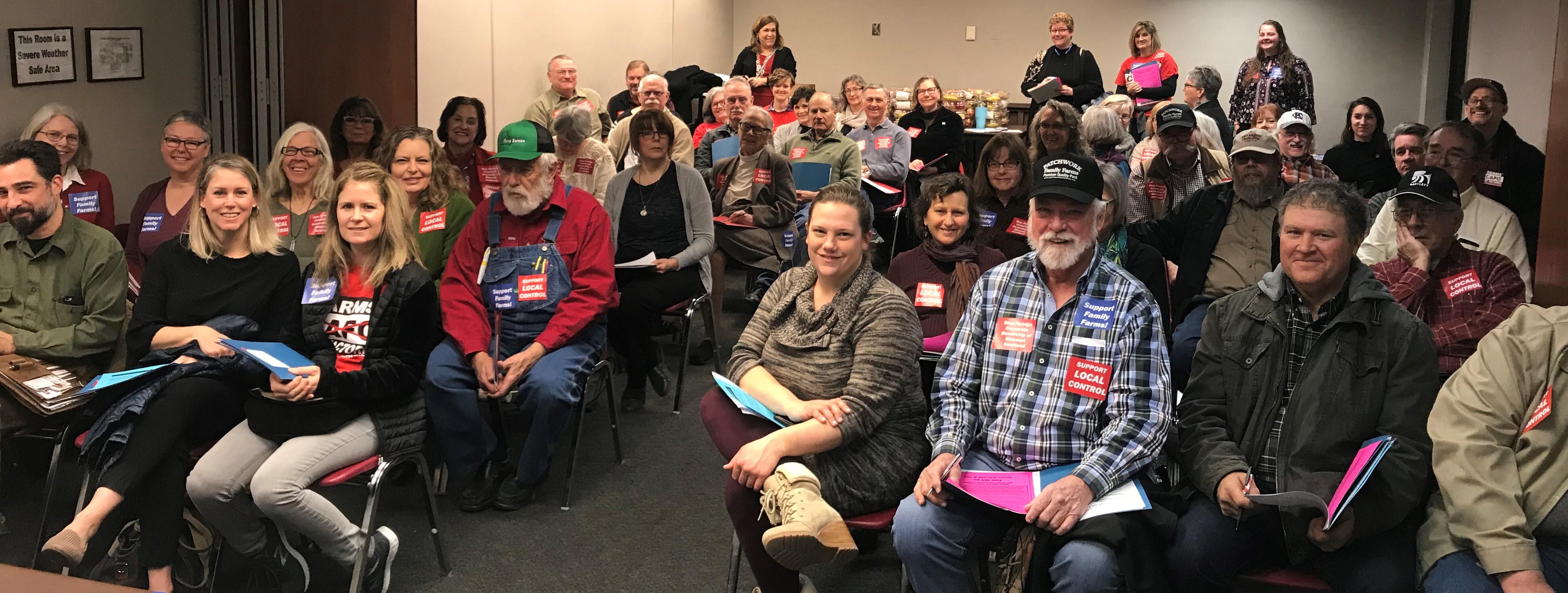Download the full report, Economic analysis of the Agriculture Market Volatility Relief Program.
Download the executive summary.
The Campaign for Family Farms and the Environment (CFFE) is a coalition of state and national organizations including the Missouri Rural Crisis Center, Iowa Citizens for Community Improvement, Dakota Rural Action, the Land Stewardship Project, Food & Water Watch and the Institute for Agriculture and Trade Policy. CFFE works to support family farms, rural communities and a fair and decentralized food and agriculture system, as well as oppose federal and state policies that prop up corporate factory farms (concentrated animal feeding operations, CAFOs) that drive out independent family farmers, hollow out our rural communities, treat animals inhumanely and pollute our land, water and air.
CFFE convened a series of discussions with key farmer members of our Midwest groups to map out policy changes to dismantle the harmful factory farm system. In addition to leveling the playing field for independent family farm livestock producers through competition reform and enforcing existing environmental laws, our farmer members returned repeatedly to how overproduction of corn and soy underpins and fuels the factory farm system. Cheap, in most years below-cost of production, commodity crops serve as a subsidy to the factory farm system by providing meat companies a steady source of cheap animal feed, with taxpayer funded farm programs making up some of the difference for the farmers who grew the crops.
Reining in overproduction by restoring common-sense farm policies that ensure a fair market price would not only help family farm grain producers be economically viable, but it would also level the playing field for farmers using humane and regenerative practices to raise animals and provide a path for an orderly and fair transition for producers whose markets may not remain viable in the long term due to major shifts in global markets, demand for ethanol or other disruptions.
Boom and Bust
The farm economy has long been plagued with overproduction, whether of corn, soybeans or milk, that drives the price paid to family farmers down and eventually puts them out of business and pushes them off the land. Punishing boom-and-bust cycles mean successful growing seasons that yield big harvests can actually do harm, as a glut of crops hit the market and drive down the price paid to family farmers. And, because farmers have few options when prices decline year after year, they often grow more to make up in production what they can’t get in price, even planting on vulnerable land or implementing intensive practices that damage soil and water quality. In years where weather conditions lead to poor yields, those farmers with something to sell can benefit from the higher prices caused by tight supplies. But while these higher prices might be beneficial to those producers that had some crop to put on the market, higher prices will harm consumers of those crops, especially those who face food insecurity.
Since the mid-1990s, Congress has failed to deal directly with overproduction and instead accepts that farmers will have to sustain many years of prices that are lower than their production costs and tries to fill in the gap with a variety of inadequate and costly taxpayer-funded revenue insurance programs to keep farmers afloat.
This wasn’t always the case. For a good part of the 20th century, U.S. farm policy attempted to address overproduction and stabilize prices for farmers and consumers through variations on a few basic concepts, including price floors, grain reserves and set aside programs to reduce production of key commodity crops. Those programs were not perfect by any means, but they helped counterbalance a corporate-driven, extractive marketplace that would subject farmers and consumers to damaging volatility on a regular basis.
There has been much discussion of past policy attempts to manage supply — whether programs were designed properly, implemented fairly or were appropriate functions of the government. And agribusiness firms lobbied to slowly erode those programs over decades.
Today, there are no mechanisms in federal farm policy to prevent crop prices from falling and staying below what crops cost to produce, and no way for farmers to coordinate reductions in supply. Similarly, there are no reserves to tap in times of scarcity to protect consumers from price spikes. The result is a trend of mostly below cost prices for crops such as corn and soybeans that drives overproduction and then creates tremendous pressure to find outlets for huge quantities of corn and soybeans — as ingredients in highly processed foods, ethanol or biodiesel for automobile fuel, exports that often undermine producers around the world and feed for factory farms. This gap in farm policy also leaves the U.S. vulnerable to climate and political disruptions to agriculture markets and supply chains and creates often overwhelming, immediate obstacles for farmers interested in transitioning to new crops and methods of production.
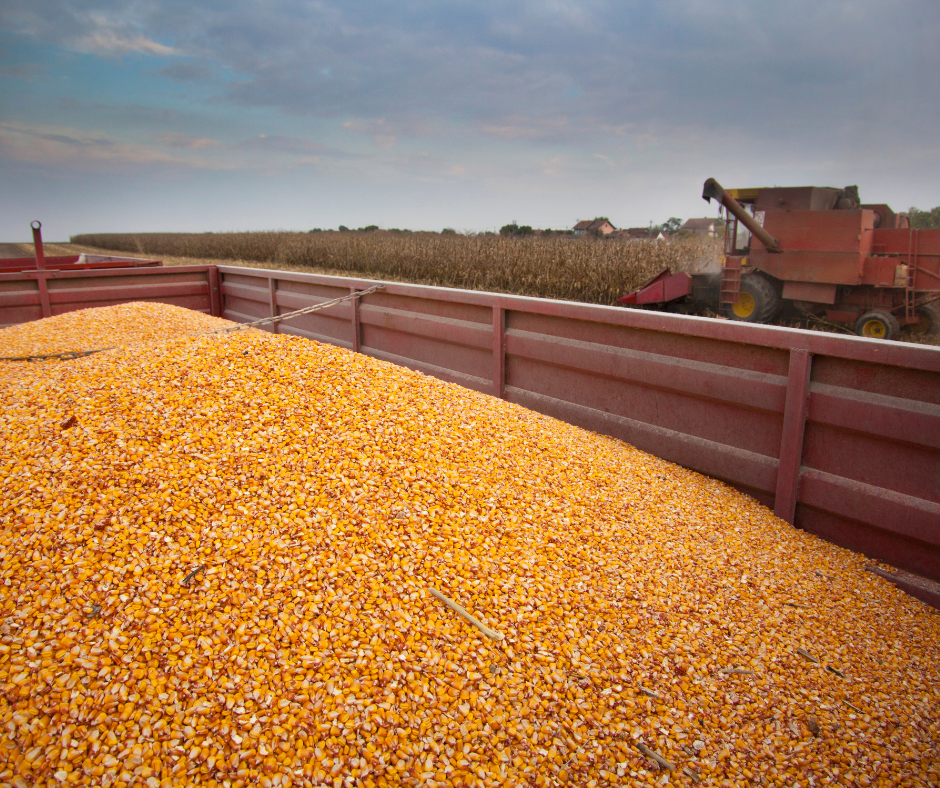
A Better Approach
A better approach would not ignore the challenge of overproduction and below cost-of-production prices, but instead address it head on, with several key goals:
- reduce volatility and ensure better prices for grain farmers.
- stabilize supply and reduce price volatility for consumers.
- reduce supply of underpriced feed that props up the factory farm system.
- create economic breathing room for farms to get off the treadmill of industrial corn and soy production to explore longer, more environmentally friendly crop rotations and incorporate pasture-raised livestock back into their operations.
As markets inevitably change — whether for livestock feed, processed food inputs, ethanol or export markets — U.S. commodity crop producers will need policy tools to help them have an orderly transition to a more diverse, resilient system. Recent years have illustrated food system disruptions caused by climate extremes, global conflicts, the pandemic, animal diseases and changing demand for transportation fuels, and call into question the wisdom of past assumptions. Given the interconnected challenges facing our food system, it is time to re-examine how farm programs can achieve more than the current cycle of overproduction, inadequate safety nets, crippling volatility, emergency disaster payments and the steady loss of small and mid-sized family farm operations.
There are proven policies to better balance supply and demand, and ensure a fair price for farmers that covers the cost of production and basic living costs. We still use a variation of this approach in our sugar program, where farmers have been largely insulated from market price drops. Other countries also take this approach, including Canada’s largely successful dairy and poultry supply management programs.
We will not attempt to describe the path of past supply management programs in the U.S. over many decades before the last vestiges of these policy tools for grains were removed by the 1996 Farm Bill (the “Additional Resources” section following this report includes some good discussions of this history.) We do not suggest that simply reinstating past programs will be sufficient to address today’s challenges. We know that we will need to modernize earlier supply management policies to:
- Address past discrimination in the design and implementation of supply management programs and avoid the features that allowed tenant and socially disadvantaged farmers to be treated unfairly.
- Incorporate conservation programs and longer crop rotations to support more regenerative, climate-resilient and economically-resilient systems.
- Ensure a fair price for farmers that removes dramatic price volatility so that farmers can invest in more sustainable crop rotations and diversified operations that return livestock to the land.
With careful consideration of these goals, we believe a modernized grain reserve program based on price levels for crops to enter and be released from the reserve that are based on farmers’ cost of production would moderate prices at either extreme, ensure that farmers could generate viable incomes from the market rather than government payments and protect consumers from periods of damaging high prices.
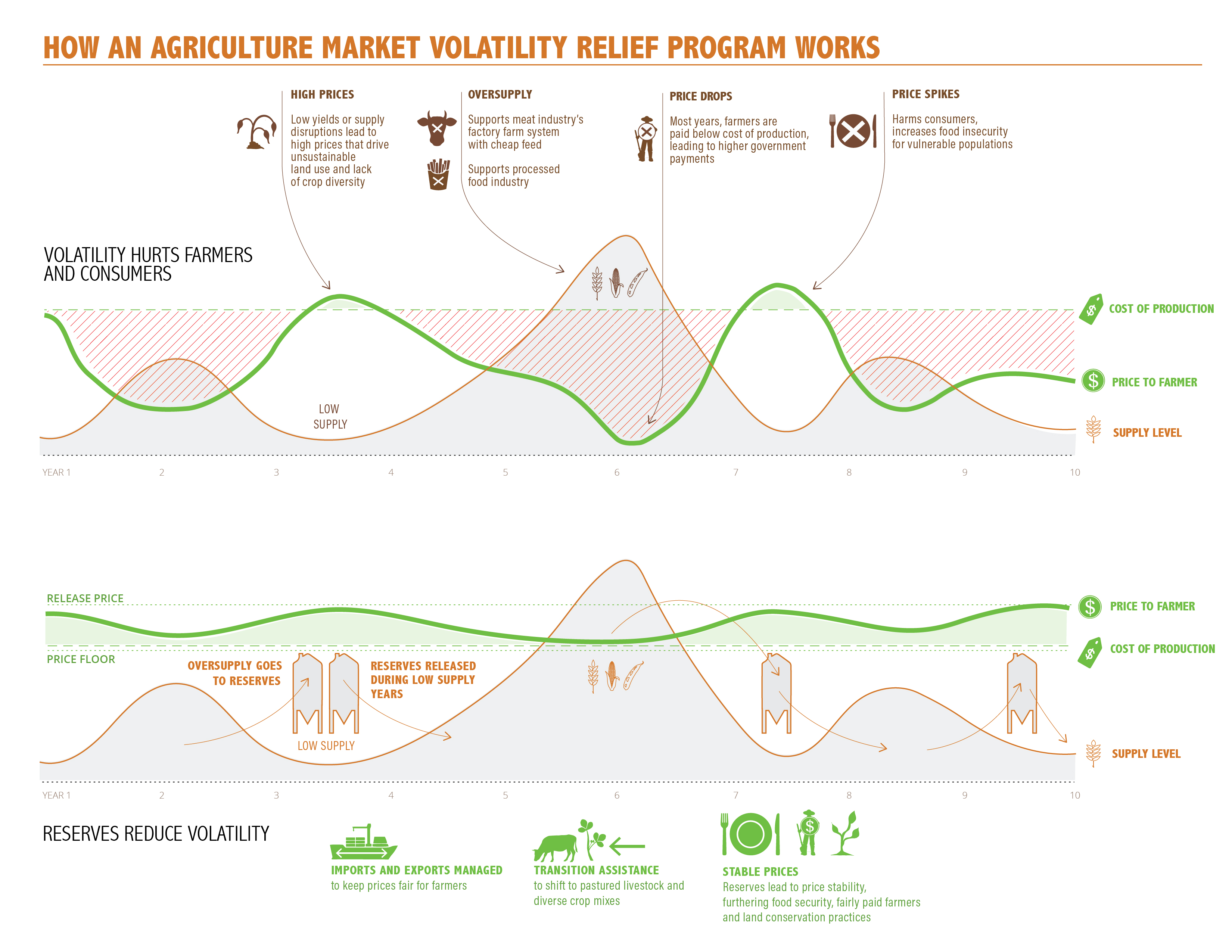
Grain Reserves
Government stockholding, or reserve, programs have been in place since the 1930s, when the Commodity Credit Corporation (CCC) began to store grains as a means to support farm prices. Reserve programs generally work through the implementation of a farm loan program, in which farmers can take out a non-recourse production loan from the U.S. government using the crop as collateral. The loan is called non-recourse because the government does not have recourse to attach the farmer’s other assets in the event that prices are so low that farmers cannot pay back the loan. The loan rate becomes in effect a floor price. If the farmer forfeits the crop, the government (most likely the CCC) takes ownership of the crop and becomes responsible for the cost of storing it. The CCC holds the commodity until the price reaches a release price that is above a set level. When the release price is reached, those purchasing that commodity can buy it from the CCC. This puts in place an effective ceiling for the price of the relevant crop for consumers of that crop.
The interaction between reserves and set-asides (described in the next section) aims to protect farmers from very low prices and protect consumers from very high prices. If the support price and the release price are set to a reasonable level, they also give farmers some farm income protection and income stability, while keeping government costs in check by ensuring that reserves never grow too large.
These programs were altered in almost every Farm Bill starting in the 1930s until they came to a complete end in the 1996 Farm Bill. One of the common arguments against reserves and policies intended to manage supply were that if loan rates were lowered and set asides eliminated, increased production would allow U.S. grain companies to capture a larger share of global markets. Supposedly, this increased volume of sales in export markets would lift prices and farmer incomes. However, when supply management programs were eliminated in 1996, prices immediately dropped and stayed low, requiring billions in annual direct payments to keep farmers on the land. We did not export our way to prosperity.
While this analysis is focused on assessing the impacts of a U.S. crop reserve on domestic farmers, we should not forget the need for a dispersed international crop reserve that would protect prices for farmers around the world while making regional stocks available to address crop production shortfalls elsewhere. Today with the growing consensus that climate change will bring new challenges for agricultural production, it is reasonable to consider expanding a system of crop reserves, not only domestically but internationally. An international crop reserve could help address a new challenge facing both farmers and consumers, global supply chain disruptions for both inputs and crops due to events like the invasion of Ukraine by Russia. For those who can afford it, higher prices are an inconvenience. But for the food insecure, higher prices can be a death sentence for individuals and a source of political instability for entire regions of the world.
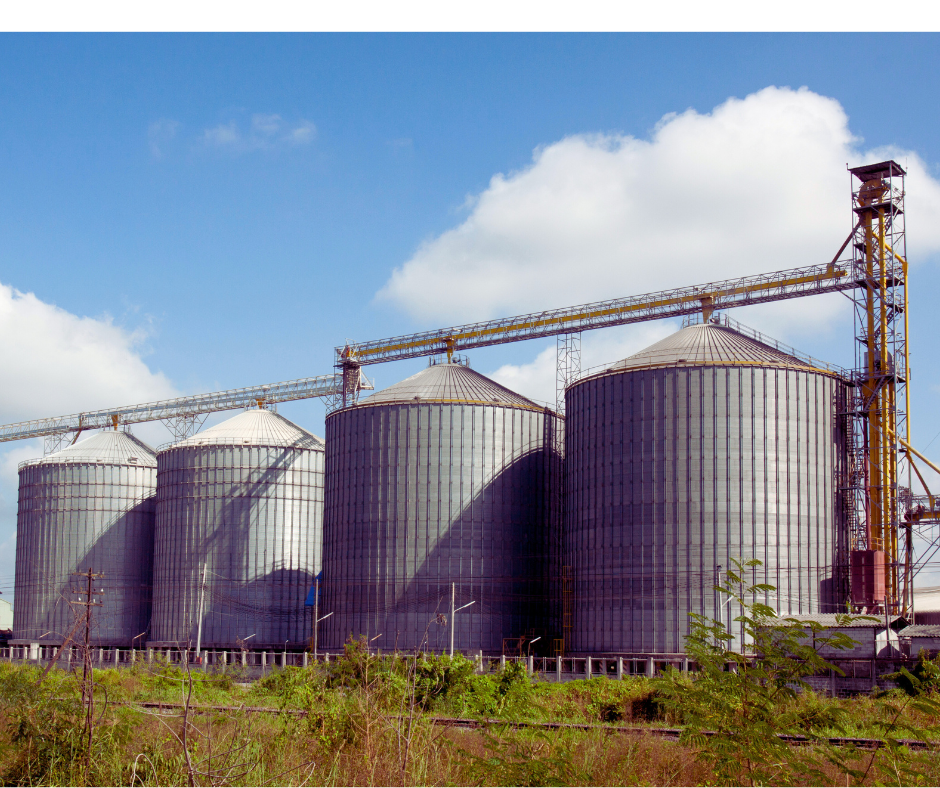
Set Asides
To keep grain stocks held in reserve from getting too large and too costly for the government, the U.S. has historically used various techniques to try to reduce the level of production. The intent of a set aside program is to keep production at a level that does not depress prices once the reserves have been filled, and to also serve as a short- and medium-term reserve in the form of idle production capacity, which could be tapped when supplies are low.
There are a number of ways to design set aside programs, ranging from marketing allotments that regulate how much one operation can sell, to acreage limitations, to input or production method controls. Set aside programs can be designed to reduce production of specific crops on an annual, medium-term and long-term basis. Annual set asides are intended to respond to the need to address short-term market disruptions. Midterm set asides (i.e., three-year commitments) could be used to address more structural disruptions in the market that occur beyond a single year and also to allow farmers to make different production decisions on their farms, such as trying a new crop mix or longer crop rotations and grazing. Finally, a long-term set aside, like the Conservation Reserve Program (CRP), has primarily an environmental focus and is based on longer term contracts.
A modernized version of set aside programs paired with a grain reserve should emphasize planting flexibility for producers to do other things with their acres besides the crops that need to be reduced. Acres subject to some form of set aside provision do not have to be taken out of production entirely; they simply need to not produce the crops covered by the reserve. This would enable farmers to shift their operations to more diverse crop mixes, incorporate pastured livestock, utilize longer crop rotations, put more land in long-term conservation, and possibly expand into new types of production, such as perennial grains or orchards and other specialty crops. Our vision of a set aside program that balances a grain reserve would not include production of grains that are solely for on farm use and never enter the commodity market (such as raising grains for feeding their own livestock or direct sales to an end user).
Implementing the set aside program is a key component of a successful grain reserve. Because all producers of covered commodities would benefit from the price floor created by the reserve, all producers of covered crops would also need to participate in set aside programs. Compliance with set aside requirements could be part of the eligibility determinations for other federal farm programs including conservation, insurance and disaster programs, and guaranteed and direct lending by USDA.
Other Policy Support for Transition
Making the types of changes envisioned in this report will require more than just the establishment of grain reserves and a set aside program. For these policies to succeed, many other farm policies must also be overhauled. Comprehensive reforms would be needed in USDA conservation programs, agricultural research and extension programs, regional food processing infrastructure, trade policy and other areas. Long-standing failures in USDA’s civil rights infrastructure would have to be overhauled to ensure that a new generation of programs are available to all producers and that past discrimination is not repeated.
Equity and Addressing Past Discrimination
USDA must overhaul its civil rights processes and commit new resources to making sure there is a reasonable path for farmers to pursue a timely remedy when they experience discrimination while trying to access USDA services or participate in required programs. These programs must be based on an examination of past discrimination in the design and implementation of supply management programs and avoid the features that allowed tenant and socially disadvantaged farmers to be treated unfairly. Needed reforms include fixing long-standing problems in the USDA’s civil rights procedures at every level of department operations, creating meaningful oversight of county committees and offices, and other reforms identified by advocates and the USDA’s Equity Commission. And as recommended by the Equity Commission, an examination and update of the historic base acre system used to calculate and distribute commodity payment programs would be a logical first step in modernizing any new commodity crop programs and ensuring that all producers can access these programs on an equitable basis.
Competitive Markets
Decades of unchecked mergers have led to extreme levels of consolidation and concentration in every sector of the food system, especially meat, poultry and commodity crops. The Federal Trade Commission (FTC) and Department of Justice (DOJ) should pause approval on new mergers of large agriculture, food processing or food retailing companies to stem the tide of mega-mergers that have driven unprecedented consolidation in the food sector. The FTC and DOJ, with input from the USDA, Commodity Futures Trading Commission and the Department of Labor, should thoroughly evaluate the effects that previous mergers have had on family farmers and ranchers, workers, rural communities, consumers and food system resilience and use the evaluation of past mergers to guide efforts to break up merged companies that are found to use anticompetitive practices or that have excessive control of markets. The USDA must update its regulations and step up enforcement of the Packers and Stockyards Act to ensure that livestock markets operate fairly so that new producers can enter this market and have the opportunity to receive a fair price.
Transition Out of Factory Farm Livestock Production
The industrialized livestock system created by meatpackers is intricately linked with the overproduction of commodity crops used for animal feed. To transition producers off of the treadmill of intensive corn and soy production, a parallel effort must be made for an orderly transition out of the factory farm livestock production system. The first steps must be to stop using taxpayer-funded conservation programs such as USDA’s Environmental Quality Incentives Program (EQIP) to give grants to CAFO operations to subsidize waste management practices, and stop providing USDA and Small Business Administration loan guarantees for new and expanding CAFO operations. Programs to create buyout options for CAFO operators who wish to transition to other activities on the property should be established, including efforts to help deal with debt incurred to construct confinement facilities or to cover transition costs for alternative agriculture activities such as raising pasture-based livestock or growing specialty crops.
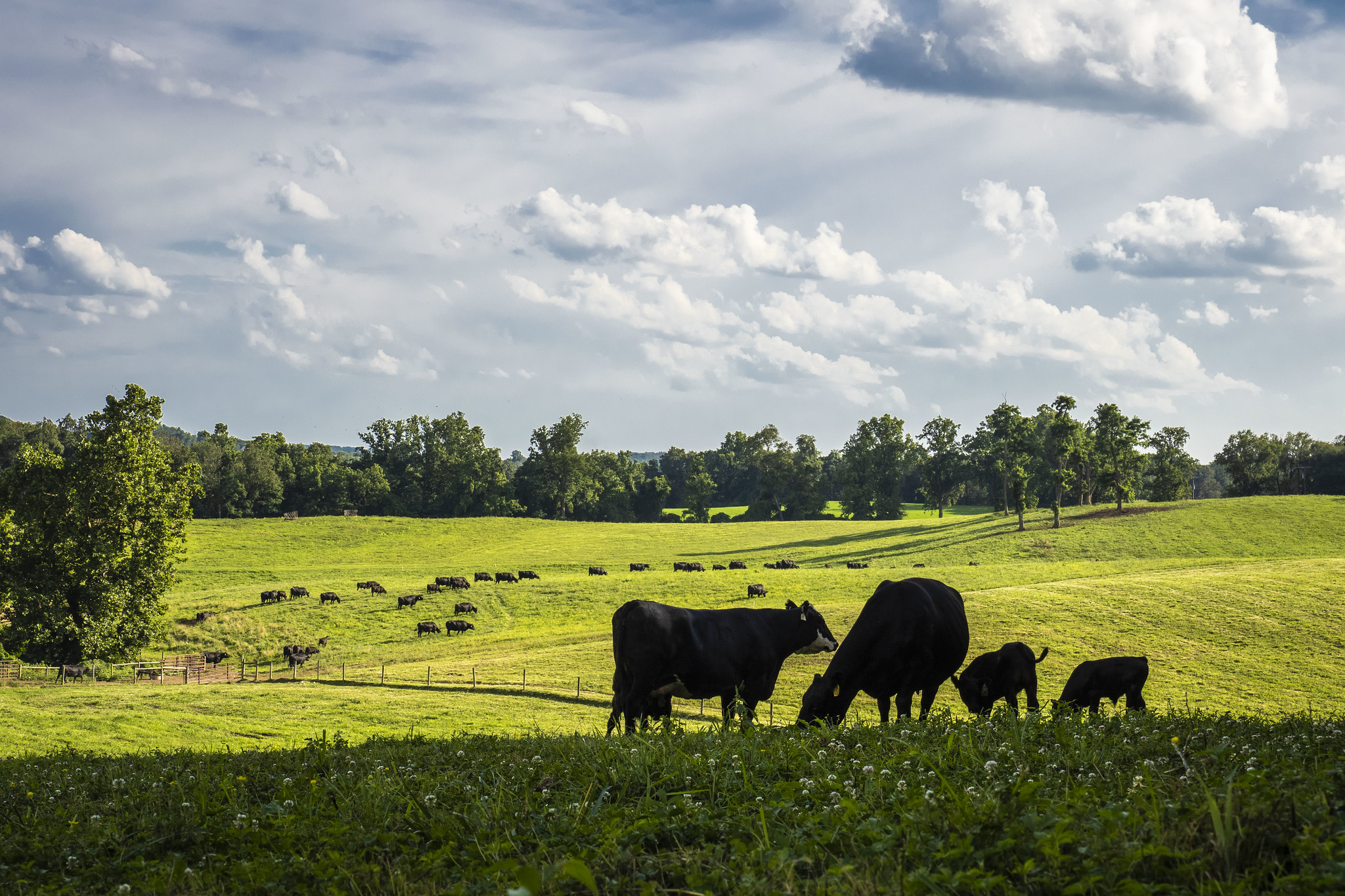
Rebuilding Regional Infrastructure
Farmers grow what they can sell. Because of decades of corporate-controlled farm policy and consolidation of markets, commodity crops are the only option for farmers in many parts of the country. The infrastructure farmers would need to market diverse crop mixes to regional markets instead of commodity crops has disappeared from many parts of the country. There are numerous Farm Bill programs and USDA investments that need to be expanded and improved to rebuild regional food processing infrastructure, as well as a new focus on using government procurement as a tool to foster the growth of these supply chains.
Safety Net Programs
A well run grain reserve and set aside program will protect farmers from the damaging volatility caused by overproduction and consolidated markets run by a few large buyers. This will reduce the need for many commodity payments by the government. But there will still be years where farms need support due to natural disasters or other challenges, as well as crop insurance that responds to years of poor yield. Along with the creation of the Agricultural Market Volatility Relief Program, a permanent agriculture disaster response program is warranted, to replace the ad hoc process used now. Crop insurance should be reoriented to deal with problems related to yield, stop incentivizing overplanting, and cover many more types of crops and types of production so that a transition away from commodity crops does not require producers to go without insurance coverage.
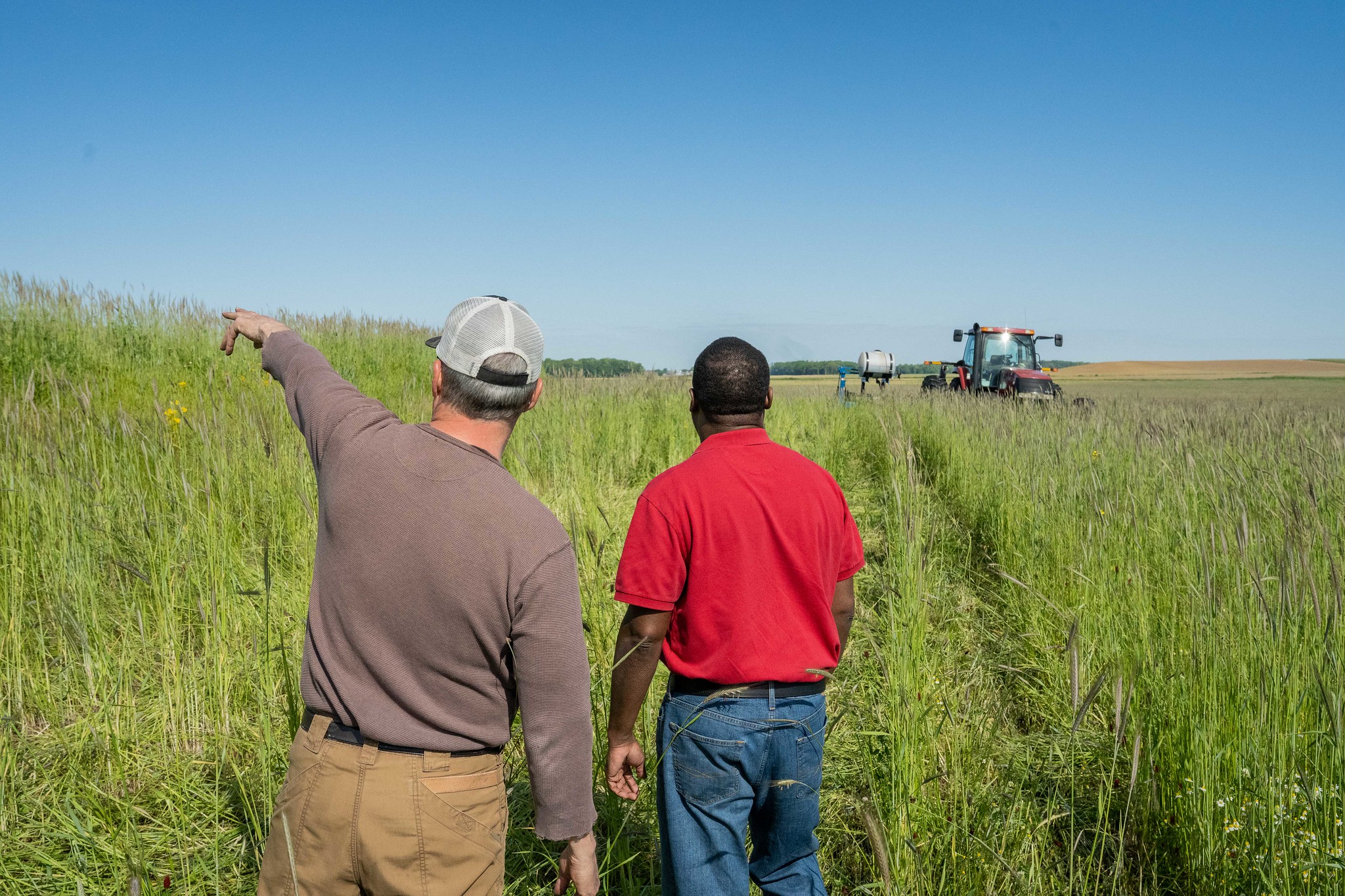
Trade
U.S. agriculture is a dominant player in global markets. Our trade policy has played as much of a role in the current state of agriculture in the U.S. as our farm policy, with a false promise to farmers that export markets hold the key to their economic viability. A program to reduce agricultural market volatility cannot be successful if it is not accompanied by a new approach to agricultural trade. We must prevent other countries from flooding our markets with underpriced commodity crops, and we cannot dump the U.S.’ excess production on export markets to empty our reserves. Stronger oversight of agricultural imports into the U.S. will be required, including dumping investigations and penalties. To balance this new expectation of our trade partners, the U.S. would also need to take a new approach to our priorities for setting new trade deals, including a respect for other countries to support their own food sovereignty, and stop attacking supply management programs in other countries, as well as stop forcing other countries to accept our crops or technologies as an outlet for our overproduction.
Research and Technical Assistance
Commodity crops don’t just dominate farm payment programs, they are also the focus of much of the agricultural research, education and extension system in this country. It is critical that any new programs focused on helping farmers make a transition into more diverse crop mixes and production methods do not just rely on the same methods USDA has always used for sign-up, outreach or technical assistance. There are small, beginning and socially disadvantaged farmers who are not familiar with or not comfortable going into county Farm Services Agency (FSA) offices. Basing outreach efforts only on contacting those already in the FSA system or relying solely on online outreach will limit who knows about new programs. USDA should partner with community-based organizations to develop new practices for setting up programs that will work for their communities and refocus these systems on a new set of priorities.
Additional Resources
- Economic Research Service, U.S. Department of Agriculture. “History of Agricultural Price-Support and Adjustment Programs, 1933-1984.” Agriculture Information Bulletin Number 485. 1984. https://www.ers.usda.gov/webdocs/publications/41988/50849_aib485.pdf?v=0
- Daryll E. Ray, Daniel G. De La Torre Ugarte, Kelly J. Tiller. Agricultural Policy Analysis Center, University of Tennessee. “Rethinking U.S. Agriculture Policy: Changing Course to Secure Farmer Livelihoods Worldwide.” 2003. http://agpolicy.org/blueprint/APACReport8-20-03WITHCOVER.pdf
- National Farmers Union. “Market Driven Inventory System.” 2012. https://nfu.org/images/stories/Press_event_handouts_finalUSE2.pdf
- Institute for Agriculture and Trade Policy. “Grain Reserves and the Food Price Crisis: Selected Readings from 2008 to 2012.” 2012. https://www.iatp.org/sites/default/files/2012_07_13_IATP_GrainReservesReader.pdf
- Pete Daniel. Dispossession: Discrimination against African American Farmers in the Age of Civil Rights. 2015. The University of North Carolina Press.
- Harwood D. Schaffer and Daryll E. Ray. “Agricultural Supply Management and Farm Policy.” Renewable Agriculture and Food Systems. 2019. https://www.cambridge.org/core/services/aop-cambridge-core/content/view/924833196C3149007F7B9D08B206FD6C/S1742170518000595a.pdf/agricultural-supply-management-and-farm-policy.pdf
- Food & Water Watch. “A Fair Farm Bill for All.” 2023. https://www.foodandwaterwatch.org/2023/01/19/a-fair-farm-bill-for-all/
- National Family Farm Coalition and collaborators. Disparity to Parity project. https://disparitytoparity.org
Downloads
Download the full report.
Download the executive summary.
Download this introduction.
